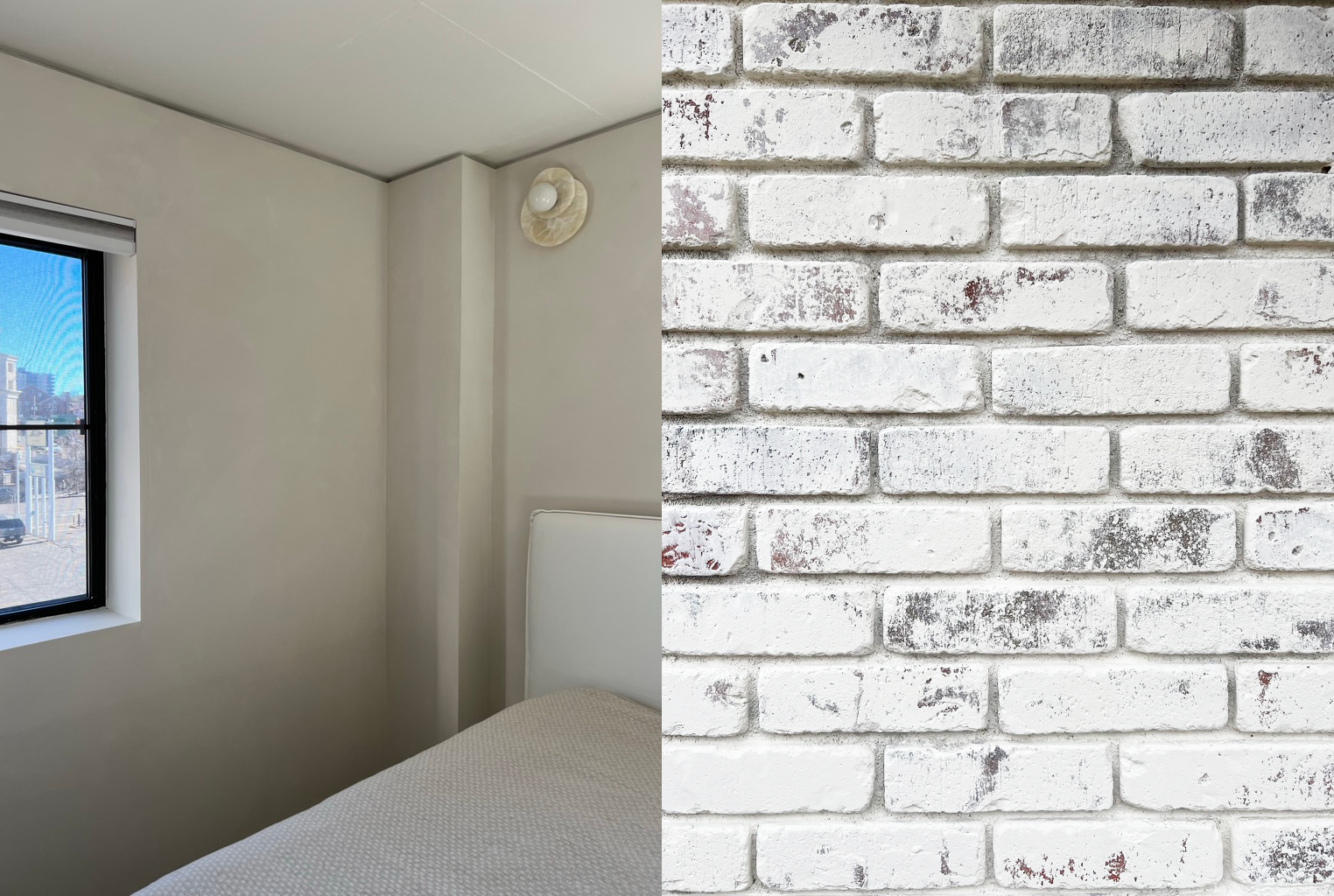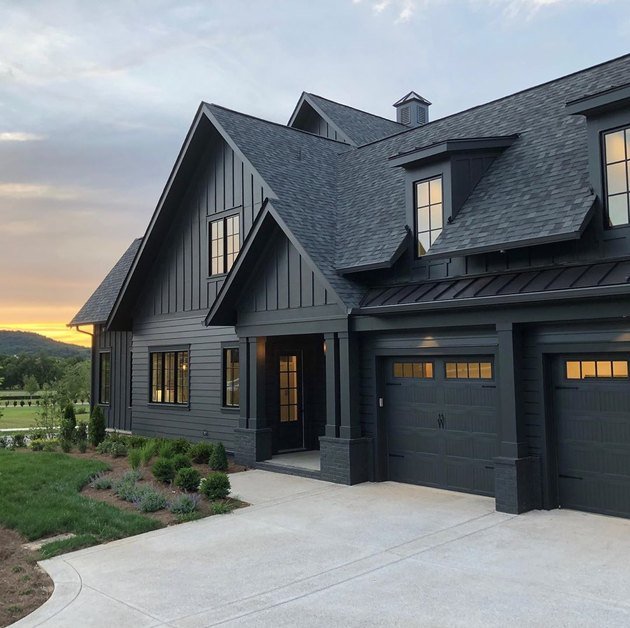New Perspective Painting | The Do's/Don'ts of Hiring a Painting Contractor What is Limewash Paint? A Comprehensive Guide to Interior and Exterior Applications

What Do Painters Charge Per Day? How Much Does It Really Cost To Hire Professional Painters?
What Do Painters Charge Per Day? How Much Does It Really Cost To Hire Professional Painters?

What is Limewash Paint? A Comprehensive Guide to Interior and Exterior Applications
What is Limewash Paint? A Comprehensive Guide to Limeawsh for Brick and Walls

The Best Colors to Paint Your House in 2025 | New Perspective Painting

Commercial Painting Contractors Near Me
Commercial Painting Contractors Near Me | New Perspective Painting

What kind of paint do you use on cabinets?
What kind of paint do you use on cabinets? Choosing the right paint for cabinets involves considering both the type of paint and the desired finish or gloss level. Several reputable brands offer specialized cabinet paints in various formulations and gloss options to achieve the perfect look for your kitchen or bathroom.

